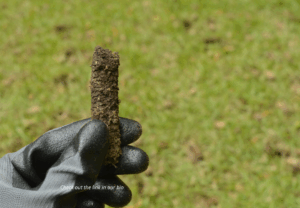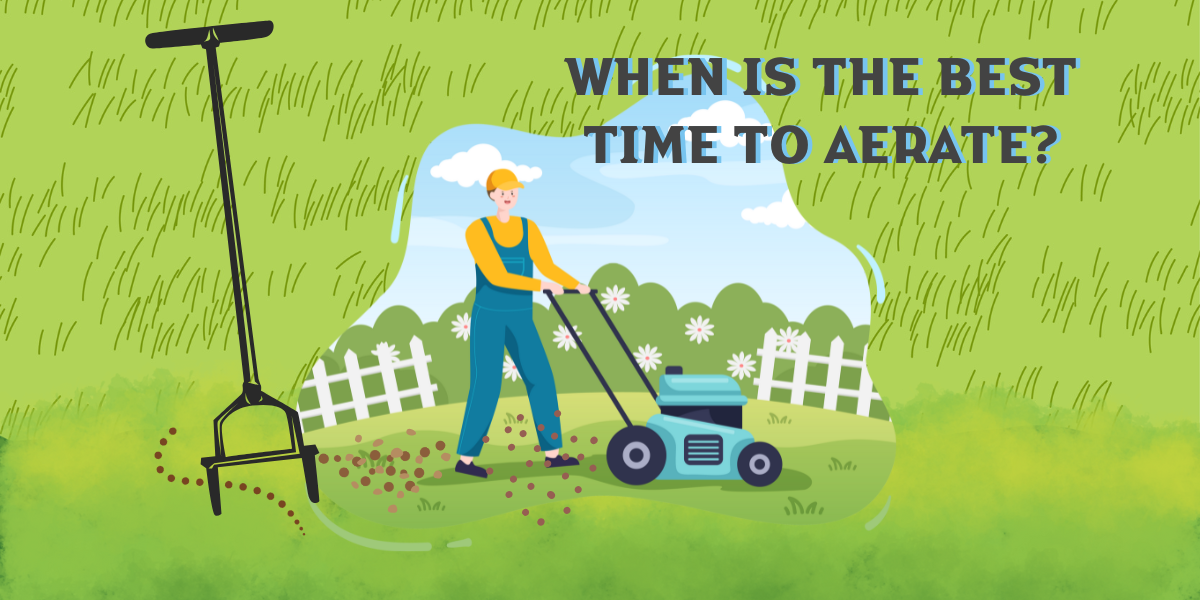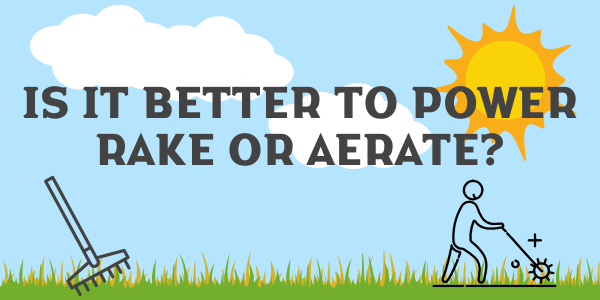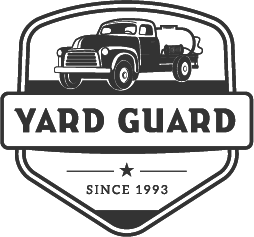Timing is key when it comes to aeration. Before you schedule an aeration service or rent a machine for some DIY fun, let’s talk about when and how to aerate for the best results.
Here in Montana, most desirable lawns are a blend of Kentucky Bluegrass and Fescue. These are cool-season grasses, which means they thrive in spring and fall when temperatures are cooler. Knowing this is the first step in choosing not only when to aerate, but also which aeration method is right for your lawn.
Two Common Aeration Methods
1. Mechanical (Core) Aeration
This is the traditional method you may already be familiar with – the one that leaves little soil plugs scattered across your lawn. Core aeration works by pulling out plugs to allow air, water, and nutrients to penetrate the soil.
While effective, mechanical aeration has its drawbacks:
- It can leave your lawn looking messy for a short period.
- It carries a risk of puncturing sprinkler heads if they’re not flagged.
- It provides a fast but usually short term result unless you change soil structure (adding organic material or needed nutrients)

(Aeration Plug)
2.Liquid Aeration (Our Method at Yard Guard)
Liquid aeration takes a more organic, biology-first approach. Instead of poking holes, we feed the soil so it naturally loosens over time.
Here’s how it works:
- We brew a living compost tea from locally sourced compost from Yes Compost.
- The tea is applied in the summer, when warm soil provides the perfect environment for beneficial microbes to thrive.
- When paired with our Blended Organic or Full Organic Programs, which also replenishes your soil’s nutrients, these organisms create a healthy ecosystem that naturally decompacts soil and increases carbon levels without leaving messy soil plugs behind.
Think of a forest floor. It never becomes compacted because it’s continuously fed by leaves, organic matter, and carbon. Liquid aeration mimics this natural process to create a stronger, more resilient lawn.
When Should You Aerate in Montana?
It depends on which method you choose!
- For Mechanical Aeration, we recommend Late Fall:
The grass is actively growing and repairing after summer stress and there is much less weed pressure to compete with your growing grass. We also don’t love applying weed control to newly exposed roots as it can cause stress to those roots. Aerating in the late fall gives your lawn time to strengthen its root system before winter. - Fall is also the perfect time to reseed or overseed your lawn too! Cooler temperatures reduce stress on new grass, weed pressure is low (especially if you’re on a lawn care program), and dormant seeding is highly effective. Our final fall fertilizer application also supports strong root growth and encourages new seedlings to thrive.
- For Liquid Aeration, we recommend Summer:
The soil is warm and is perfect for microbial activity, allowing them to create a habitat that is decompacted and well nourished. Doing this in the summer will also help your watering be more effective during the most stressful point for cool-season grasses.
Pro Tip: If you choose mechanical aeration, schedule it for fall for the best long-term results. If you opt for liquid aeration, summer applications work beautifully since the warm soil gives the living biology the best chance to thrive.
By pairing the right timing with the right aeration method, your lawn will stay healthier, less compacted, and more resilient season after season.
 Billpay
Billpay



